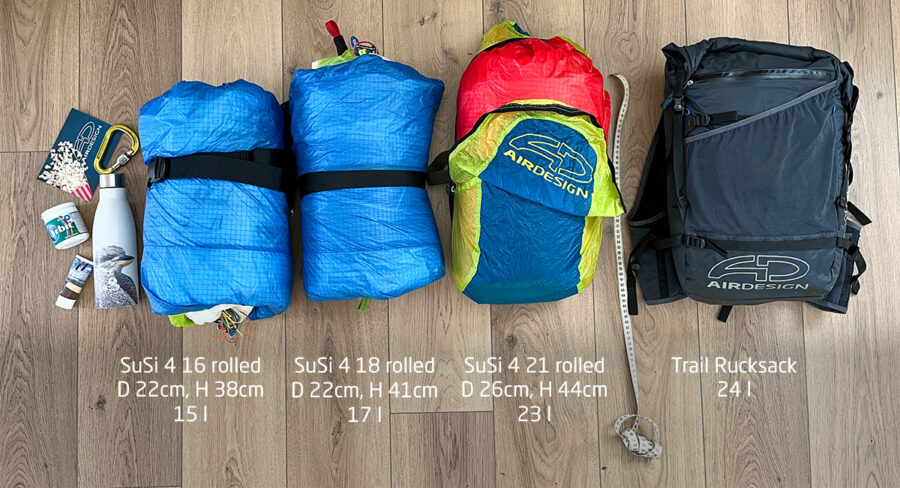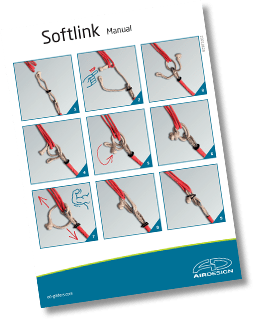FAQ
Gliders
Rise vs Soar: what would be the differences in flight?
Is the Volt a Superlight glider?
Volt 2 was in Duralast and Superlight versions. Volt 3 is Duralight. That’s a new construction including a mix of materials allowing a very robust glider to weigh less than its Superlight predecessor! Volt 4 is Superlight.
How should I use the B/C system and why?
The risers include an intuitive B/C control in a clean and simple construction. Just hold the risers on the green handle, pull down both C and Bs together for an efficient action on the trim, not deforming the airfoil. Smoothly improves your glide (read manual for details, short video to show).
How to do stable big ears with my SuSi, Volt, Hero?...
Another option for Volt, Hero, is pulling down outer A and main-stabilo line at same time. It also helps for ear stability.
Why does my Rise seem so easy on SIV maneuvers despite its Aspect Ratio?
Note: winglets at wingtips impact the AR and reduces the possibilities of comparison with gliders not having any.
Are the XXS sizes more dangerous to fly? Are they less performing?
About performance, sure, the XXS will perform a bit less than the L size in glide and speed – at same time smaller sizes are showing better climbing. We know how to limit the gap, and light pilots always come back to us with fun and pleasure in mind, as well as being able to follow their heavier friends. At these levels of performance difference, the pilot himself will make a lot of the difference!
How small can I pack SuSi?
Here are a few examples. Our advice: roll it up!
After having created a nice narrow strip, roll it from trailing edge up to leading edge, pushing all the air out. It’s a good way for a small volume pack, but don’t store it this way.

Harnesses
Ne pas renseigner
How do I inflate the protector of The Sock and The Sock SL harnesses?
How much do I have to inflate the protector of The Sock and The Sock SL harnesses?
Construction
Ne pas renseigner
Superlight: what’s the durability compared to Duralight?
Just be a bit more careful on the ground, as tear and abrasion resistances are lower.
Over the years, we’ve inspected many of our Superlight gliders passing 1000 hours flight, original lineset, porosity OK, good to go!
Accessories
Ne pas renseigner
Can I use a smaller Airpack 50/50 than the one delivered with my glider?
How does the “SuSi trimmers” work?
Note that locking the trimmers in accelerated position takes the glider out of the certification. Be aware that your glider’s incidence is making it more sensitive to collapses.
Connecting your Superlight kit

This document shows the recommended, the acceptable and the scary (prohibited)
Way to connect your Superlight kit, for instance Le Slip and your rescue container with the Ease carabiner.
Reserves
ne pas renseigner
Is the Donut 90SL tested after water landings?
Maintenance
Ne pasrenseigner
How often should I control my glider?
After how many flight hours should I change my glider’s lineset?
What should I take care of when folding my glider?
It’s another advantage by packing in concertina-style; the glider is sorted at launch much faster compared to other-style packing.
What should I take care of before storing my glider off-season?
How to remove sand, dust and other particles out of my glider?
To get rid of the last particles, for instance, suspend your glider from the trailing edge, and discharge the static electricity from the glider with a metallic bar connected to the ground (no sharp edges of course!).





